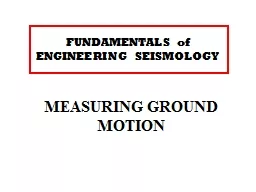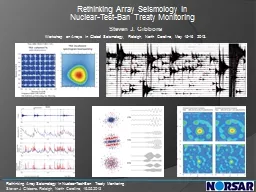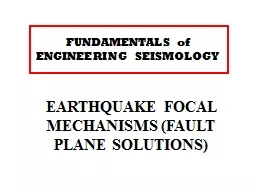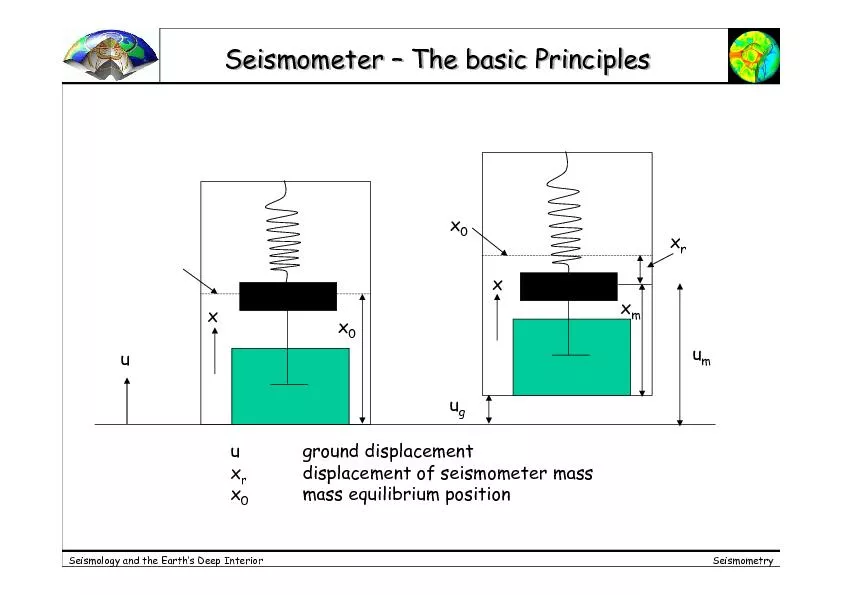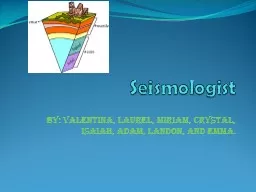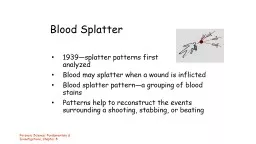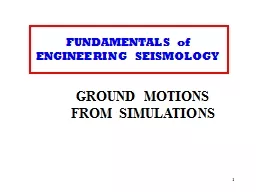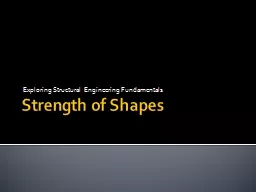PPT-FUNDAMENTALS of ENGINEERING SEISMOLOGY
Author : conchita-marotz | Published Date : 2016-07-10
MEASURING GROUND MOTION The first known instrument for earthquakes measurement is the Chang seismoscope built in China in 132 BC Balls were held in the dragons
Presentation Embed Code
Download Presentation
Download Presentation The PPT/PDF document "FUNDAMENTALS of ENGINEERING SEISMOLOGY" is the property of its rightful owner. Permission is granted to download and print the materials on this website for personal, non-commercial use only, and to display it on your personal computer provided you do not modify the materials and that you retain all copyright notices contained in the materials. By downloading content from our website, you accept the terms of this agreement.
FUNDAMENTALS of ENGINEERING SEISMOLOGY: Transcript
Download Rules Of Document
"FUNDAMENTALS of ENGINEERING SEISMOLOGY"The content belongs to its owner. You may download and print it for personal use, without modification, and keep all copyright notices. By downloading, you agree to these terms.
Related Documents

